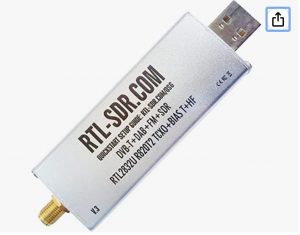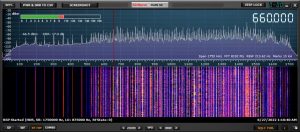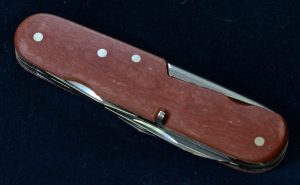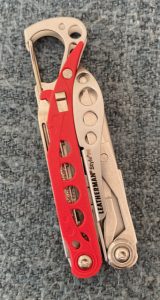RTL-SDR’s are COOL. The list of things you can do with them is almost too long to list here. But know that it ranges from “listening to the radio” to hardcore scientific atmospheric experiments, and everything in between. Hackers can open your car door or garage door with them and private detectives can record the radio signals from your tire pressure monitors to prove you were somewhere you shouldn’t have been. Remember the day when they used to have to sit for hours in a car and take your picture? No more.
I recommend to anyone that will listen that they should have an RTL-SDR in their emergency kit. When I went through Hurricane Florence in 2018 in New Bern NC all local communications went down INCLUDING the NOAA Weather Radio Station. How’s that for a kick in the pants? I watched TV anchors walk off the set due to flooding in their studios. But the police and firemen and Linemen were still out there and I was listening as they restored power to my area. Also having an RTL-SDR during a violent Hurricane KEPT ME ENTERTAINED and kept my mind off of things. AM radio was my best way to stay informed but be warned that some of the SDR’s below need up converters (more hardware) to listen to AM radio or some geek skills to enable the device to listen to frequencies below 24 MHz.
Anyway…….how do you select what SDR you buy? There are lots of them out there and I’ll hit some quick pros and cons on selecting them. If you go to Amazon and search, this is usually the first one that pops up. The RTL-SDR Blog Version 3.

It may be one of the better general purpose receivers and is relatively low cost. Let’s do some pros and cons. There pros and cons are for FIRST TIME USERS AND BUYERS. Not for old pros.


 There are not tons of places that can say they have been in business over 100 years, much less 125 years.
There are not tons of places that can say they have been in business over 100 years, much less 125 years.